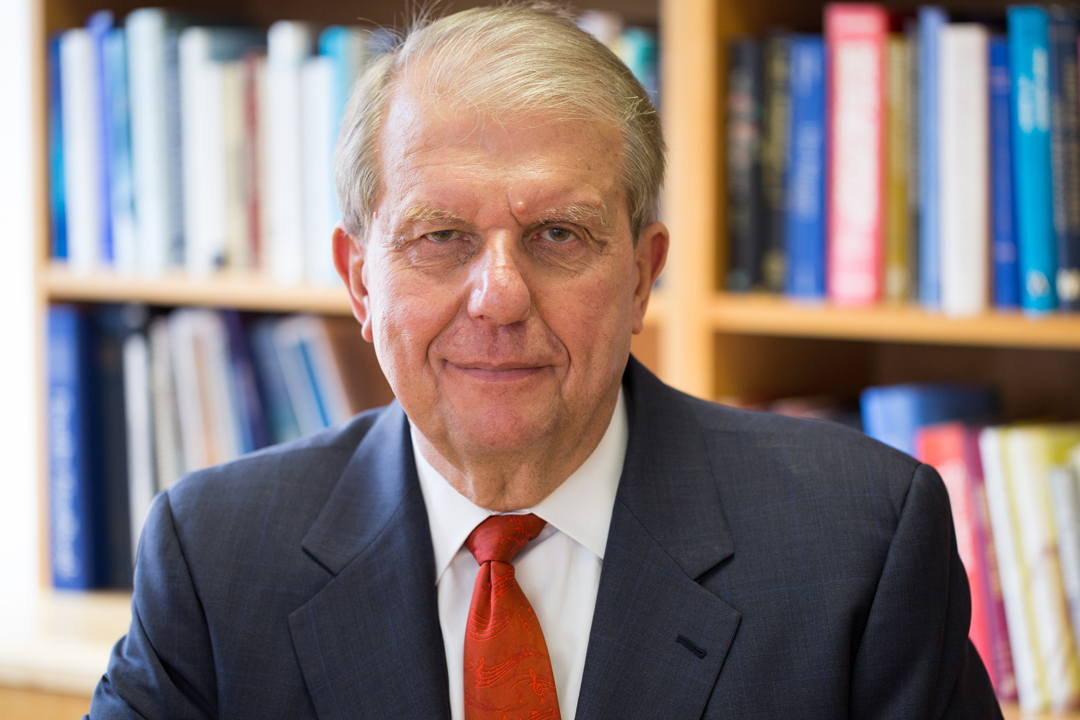A noted neuroscientist and the George Washington University’s first vice president for research, Leo Chalupa has been well-honored during his 35-year career. The National Academy of Sciences and the National Institutes of Health, among others, have recognized the New York City native for his work, which, before he turned administrator in 2009, focused on visual perception and the brain’s ability to change and evolve during a person’s life.
This month, the University of Rome Tor Vergata gave Dr. Chalupa a distinguished professor award. In June, the University of Montreal will confer an honorary doctorate—his second. In 2011, Dr. Chalupa’s alma mater, Queens College, awarded him an honorary doctorate in science.
But awards, Dr. Chalupa said, are not the best measure of a career.
“All these things are nice, but it’s often the accumulation of small victories that provide the greatest sense of accomplishment.” Dr. Chalupa said. “You persevere and hope you will have a positive impact.”
Mostly fluent in Italian, Dr. Chalupa has been traveling and collaborating with researchers in Italy off and on for decades, and while in Rome this month, he will give a presentation on the breadth of research programs, including programs with an international component, at GW. The school will collaborate with the University of Rome to position both universities as strong candidates for external funding through European Union (EU) grant programs.
“EU is putting a lot of money into research,” said Dr. Chalupa, who planned to sign the official agreement when he was in Italy. It was the primary reason for the trip.
At the University of Montreal—where a former colleague Christian Casanova is the dean of the school of optometry—Dr. Chalupa will accept his honorary degree at the school of optometry’s convocation and later give a talk on how to succeed in academia. The format? A Top 10 list. And why 10?
“Ten is the number,” he said with a laugh. “It’s an official-sounding number.”
Dr. Chalupa has had success with Top 10 lists in the past, co-authoring in 2006 the paper, 10 Simple Rules for Getting Grants. That paper has been viewed nearly 80,000 times.


